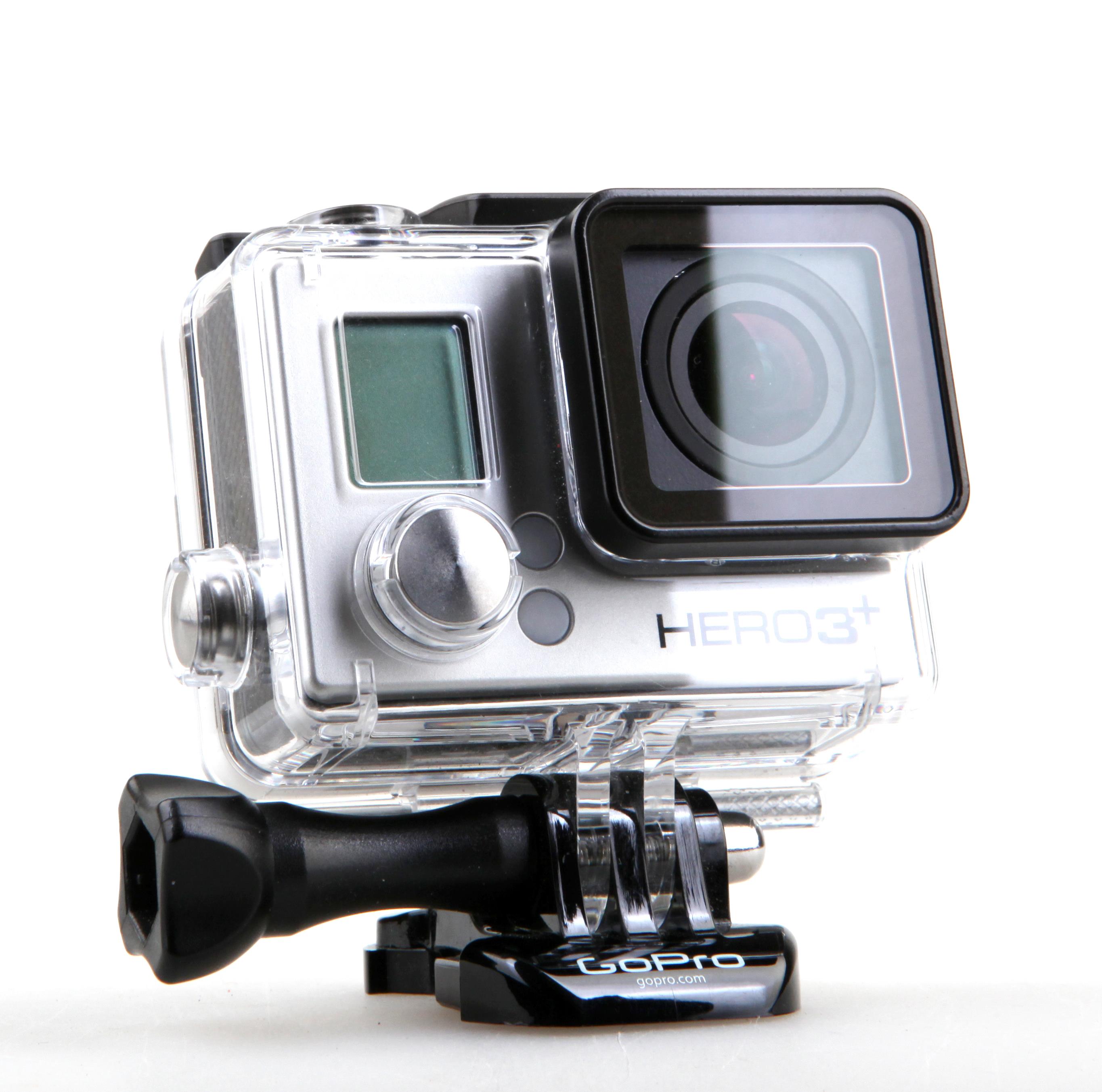GoPro: Cameras equal revenue. Media equals recognition. Can recognition equal revenue?

GoPro has unquestionably succeeded in winning hearts and minds with their many diverse channels and followers, from performance athletes to furry friends. But can they capitalise on that momentum and convert this adoration to the bottom line?
With GoPro stock recently trading as high as US$61 per share, their investors have been rewarded with more than a doubling of the stock price. However, the stock did see levels in the mid-$30 range as recently as March 2015 so volatility remains a factor. Seasonality is a factor as well, with Q4 2014 revenue at $0.85 per share, compared to $0.11 in Q1 2015.
GoPro’s plans to generate revenue by expanding beyond selling cameras are focused on a theme: enable storytellers to create compelling, unique content and provide the channels (figuratively and literally) where this content will be viewed, envied and duplicated. Every time a new camera is sold another storyteller is born.
The always-on, shareable content distribution network
Starting with its YouTube channel, GoPro has expanded content partnerships across multiple channels – including Roku, LG smart TVs, Microsoft’s Xbox, Vessel and in-flight entertainment for Virgin America. For each channel, there is an opportunity to tailor content for audience interest. They actively looking for licensing deals with partners who are willing pay, which helps GoPro monetise its athletes and sponsored events, including the August 2015 Ironman World Championship.
Considering that the six-month average for GoPro’s YouTube channel is almost one million views per video, there may well be a business case after all.
Not just betting on the future
Market expansion strategies include GoPro’s entry into virtual reality through its acquisition of “spherical media” and virtual reality specialist Kolor. Kolor specialises in making “360-degree” videos, a new, unique form of video content where separate images are ‘stitched’ together into a panoramic video. Their videos place users at the center of the viewing experience, creating the type of immersive environment that is essential for virtual reality applications.
Add to this the announcement of the GoPro drone, actually a six-camera quad copter, for the consumer market. Ultimately the drone strategy is just another step in the pursuit of capturing exciting content that reinforces the GoPro credo that “people are really hungry for interesting content of their lives and the world around them.” It doesn’t hurt that a recent study by Digi-Capital estimates augmented reality (AR) and virtual reality (VR) markets could generate $150 billion in combined revenue by 2020. The biggest risk to GoPro’s entry to this market is competition. China’s Dajiang Innovation Technology (DJI) dominates this space. 3D Robotics (3DR) has made GoPro the official camera for its new consumer drone and is a partner, though now a competitor. Others competing in this space are Yuneec and Parrot.
This begs the next question: Is GoPro late to this arena or is there room for one more?
Getting to the payoff
And now GoPro has plans to build a user-friendly, cloud-based platform that enables easier sharing. The vision is to create a stickier platform that lets GoPro customers seamlessly go from buying a camera, to filming, to editing, and then finally to publishing high-impact visuals. Currently in beta test, the cloud platform will include a mobile editing engine and, more importantly, customer registration. As GoPro’s CEO Nick Woodman reports, “currently there isn’t much of a value proposition for product registration, but now when a customer registers a camera to their cloud account, they will gain enhanced support, tips and video editing capability. The amount of data GoPro will get to better serve our customers will be massive.”
The camera is just the tool to get to content
This is an innovative company that is capitalising on the desire of millennials to record every precious moment, whether they are adrenaline junkies and thrill seekers, new dads recording first moments or brides capturing their walk down the aisle. In that sense, GoPro is already succeeding as a media business, but with a twist: They are selling their own products (whereas traditional media businesses sell other people’s products) and monetising content because GoPro content sells GoPro products.
The evolution into a media company will broaden GoPro’s community and bring together sponsored, professional and user-made content. However, if the focus is to drive product sales, will that contradict the community aspect? With the purchasing power of the millennials and 5.6 million Instagram followers, is it in GoPro’s best interests to stay in the consumer business; or are they a trend-setter for future generations of product marketing? Time and the market will tell.
More like this
Mobile video challenges hold back advertisers
Video is in it for the long haul
Video: Publishers still missing an opportunity with social media






